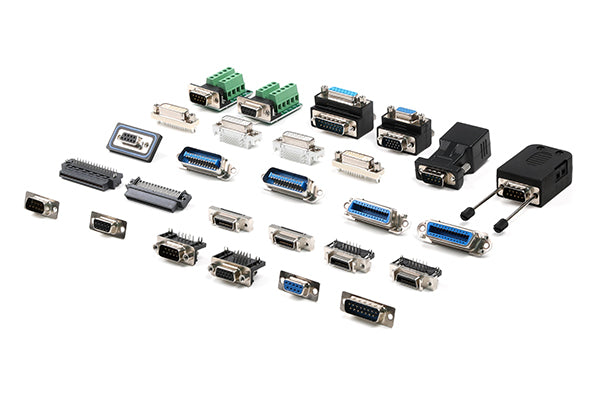SATA connector
SATA connector
SATA stands for Serial Advanced Technology Attachment. It is a computer bus interface primarily designed to connect storage devices like hard disk drives (HDDs), solid-state drives (SSDs), and optical drives (e.g., DVD drives) to a motherboard.
Its main purpose was to replace the older, slower PATA (Parallel ATA, also known as IDE) standard, offering higher speeds, thinner cables, and better efficiency.
Key Characteristics:
-
Serial vs. Parallel: Unlike the wide ribbon cables of PATA that transmitted data in parallel, SATA uses a serial method (one bit after another). This reduces interference (crosstalk), allows for much thinner cables, and enables higher clock speeds.
-
Point-to-Point Connection: Each SATA device connects directly to a SATA port on the motherboard. This eliminates the "master/slave" jumper settings required with PATA, where two drives shared one cable.
-
Hot-Swapping: SATA supports hot-plugging (connecting and disconnecting devices while the computer is running), though this feature must also be supported by the operating system and motherboard.
-
Native Command Queuing (NCQ): A feature that allows the drive to internally optimize the order of commands it receives, improving performance and efficiency.
Connector Types:
A standard SATA connection involves three separate connectors:
| Connector | Purpose | Description | Image Key |
|---|---|---|---|
| SATA Data Connector | Transfers data to and from the motherboard. | A 7-pin connector. Cables are typically thin and flexible, with identical L-shaped connectors on each end. They can be straight or right-angled. | https://img.pc841.com/2020/0211/2020021102265837.jpg |
| SATA Power Connector | Supplies power from the Power Supply Unit (PSU) to the drive. | A wider 15-pin connector. It provides 3.3V, 5V, and 12V power. It replaces the old 4-pin Molex connector from PATA. | https://www.allhdd.com/wp-content/uploads/2021/12/sata-power-connector-1.jpg |
| SATA Power (from Molex) | Adapter. Allows a legacy PSU with only Molex connectors to power a SATA drive. | Not an official standard. This is a simple adapter cable. Warning: Some cheap versions of these adapters have been known to fail and cause fires. | https://www.cablewholesale.com/images/products/inner/molex-to-sata-power-cable_300.jpg |
Generations and Speed:
SATA has evolved through several generations, each doubling the theoretical maximum data transfer rate.
| Standard | Official Name | Max Speed (Gbit/s) | Max Speed (MB/s) | Also Known As |
|---|---|---|---|---|
| SATA Revision 1.0 | SATA 1.5 Gb/s | 1.5 | ~150 | SATA I |
| SATA Revision 2.0 | SATA 3.0 Gb/s | 3.0 | ~300 | SATA II |
| SATA Revision 3.0 | SATA 6.0 Gb/s | 6.0 | ~600 | SATA III |
| SATA Revision 3.2 | SATA Express | 16.0 | ~1969 | SATAe* |
*SATA Express was an attempt to merge SATA with PCIe speeds but was largely unsuccessful and overtaken by NVMe.
Note: The connectors are physically identical across SATA I, II, and III. This ensures backward and forward compatibility (a SATA III drive will work in a SATA II port, but at SATA II speeds).
無法載入取貨服務供應情況
有庫存
查看完整資訊
